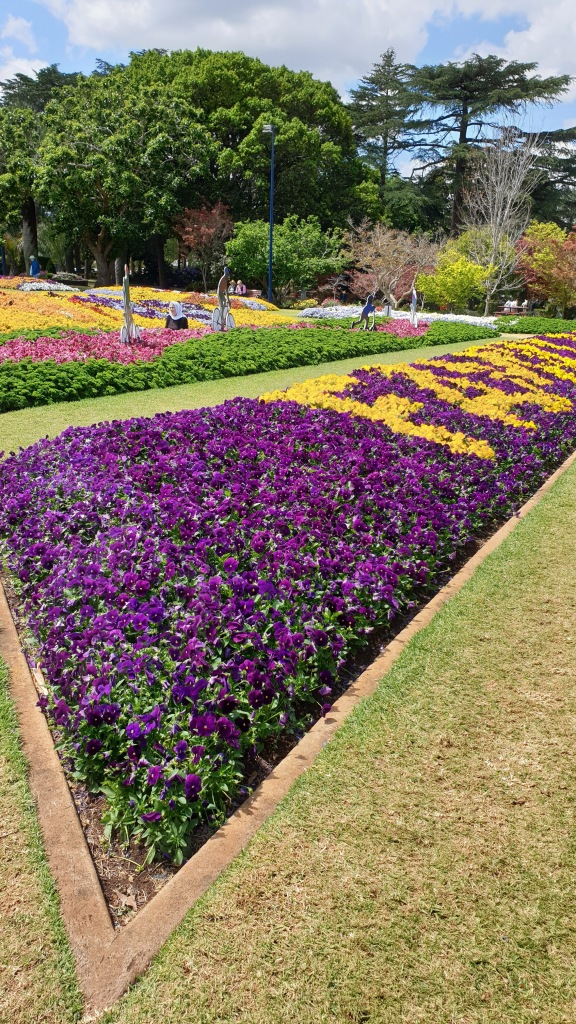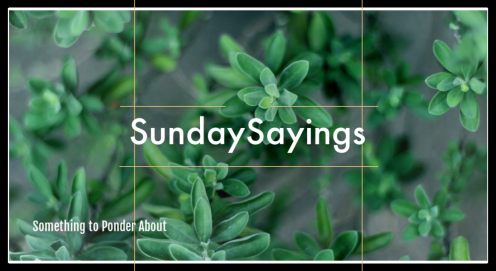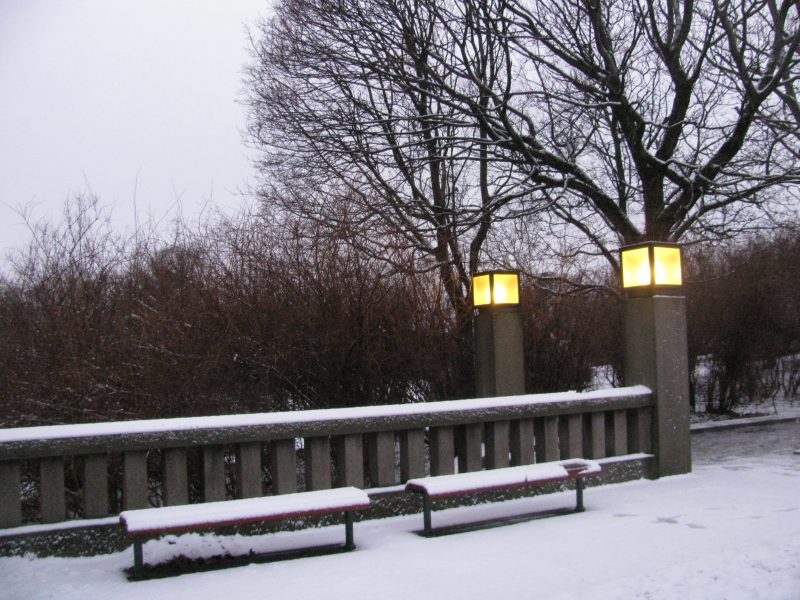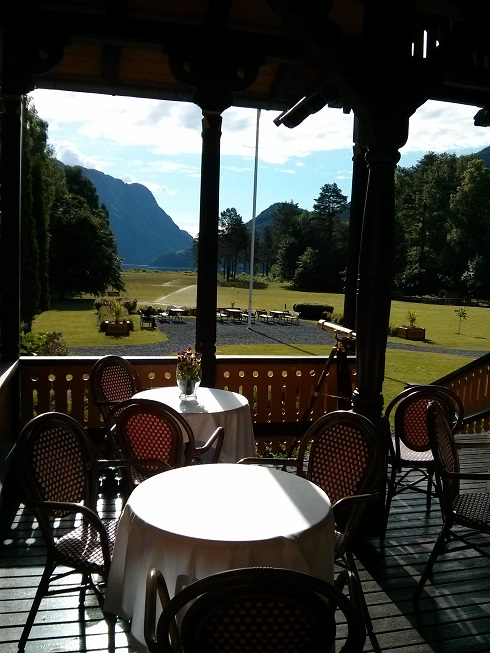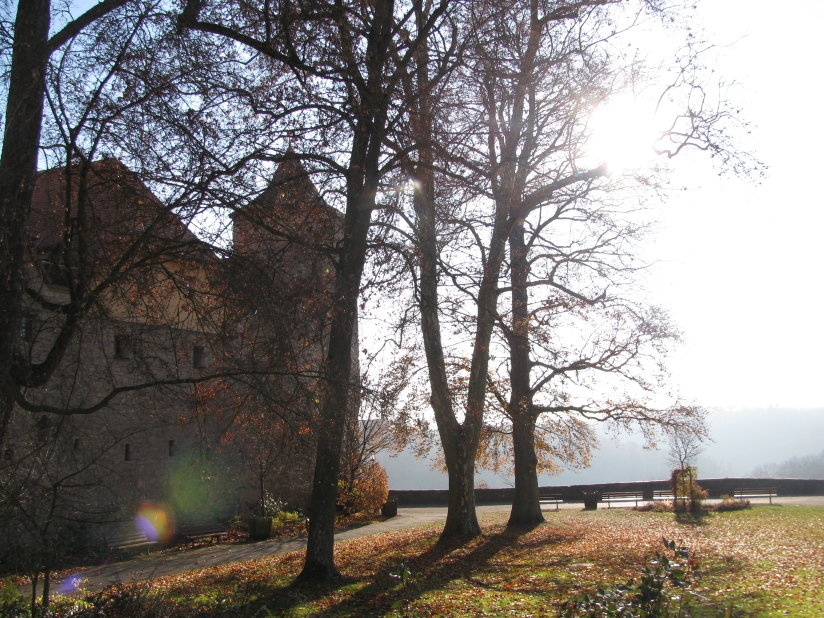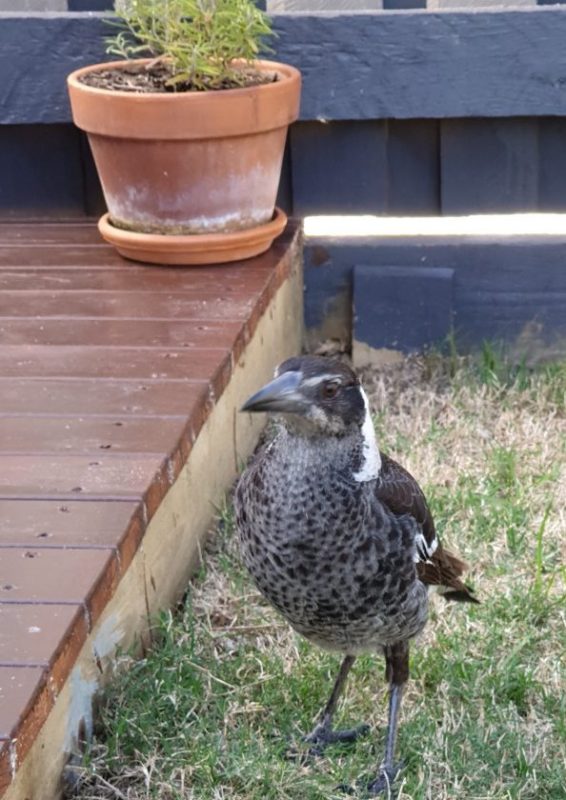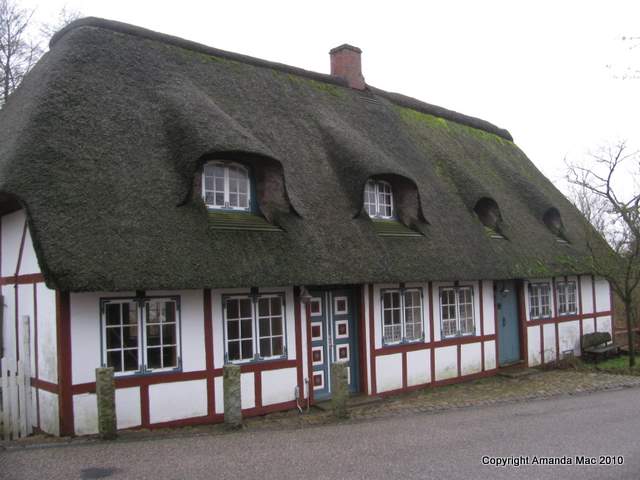If you have stopped here for information on the Carnival, you may be disappointed. I missed the Carnival of Flowers itself, so there are no pictures of the annual parade, but what I did see is stunning floral displays that are the dominant feature of this event in Toowoomba, a large country town, about an hour’s drive west of Brisbane, Australia. I arrived two days after the festival officially concluded. By the looks of the displays, the flowers are quite oblivious of the carnival’s end date.
The city of Toowoomba sits atop a mountain range and is blessed with cooler temperatures and rich volcanic soil, perfect for horticulture. The major horticultural event, The Carnival of Flowers, draws thousands of visitors to the city’s generous parks and gardens.

Whilst the historically wealthy country town has monolithic bluestone churches, funky alleys and quirky street art, it is the stunning floral display in late September that draws most of the region’s visitors.
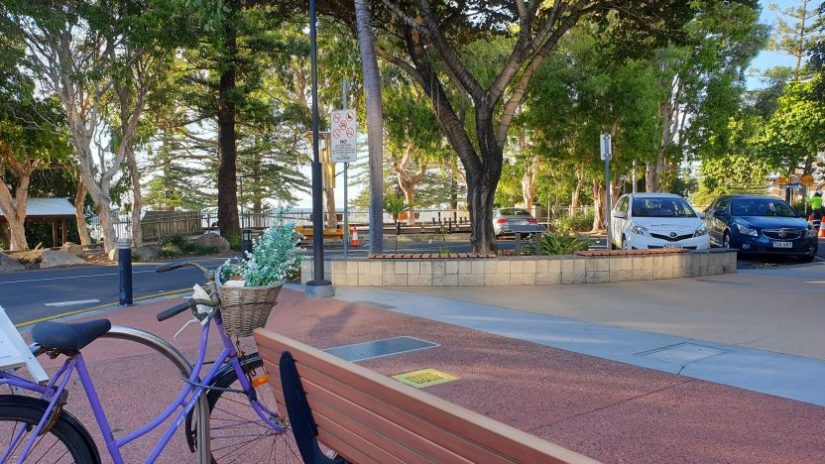
Laurel Bank Park
Amongst neat and tidy lawns and prolific flower beds at Laurel Bank Park, on Hill Street, you will find plenty of seating for those who need a rest from taking a multitude of floral camera shots that one is apt to do given the spectacular displays.
Displays of Tulips, Poppies, Foxgloves and Hollyhocks take me back to memories of Denmark or The Netherlands, albeit without the rainy weather.
This is Australia, remember. The continent where it forgot how to rain!
Like many parts of Australia, Toowoomba has experienced, for many years, a severe water shortage. This has resulted in the Gardeners, at Laurel Bank Park, adopting stringent water-saving strategies and switching to growing more water-tolerant plants in order to maintain the floral displays to the expected standard. It seems that they have succeeded in their quest.
Topiary elephants, seals and the Leaning Tower of Pisa add a fantasy element to the gardens. Can you guess what this topiary represents? It is rather Australian and Danish!

Toowoomba Botanic Gardens
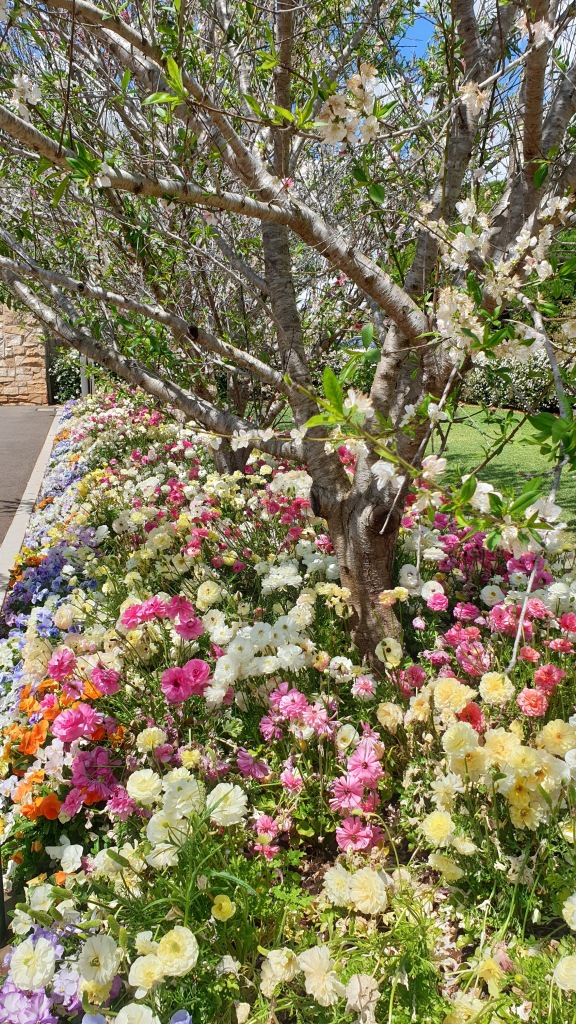
Cherry Blossoms line the Toowoomba Botanic Garden’s at Queens Park. The entry path offers the visitor a visual explosion of multi-coloured Ranunculus, inviting you to explore more of the gardens. The pathway then opens to rows and rows of flowering beds with daisies, violets and pansies.
It seems one lonely tulip bulb missed the memo.

Snapped at the right, or perhaps, the wrong moment. Street photography in Toowoomba can be surprising.

There is so much our country towns can offer us. We only have to look closer, before lamenting we can not travel outside our own borders. This is another of the country towns that offer unique experiences, similar to Amandine Lavender farm at Bargara, near Bundaberg, which I posted about recently.






